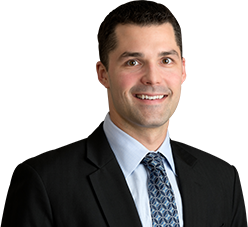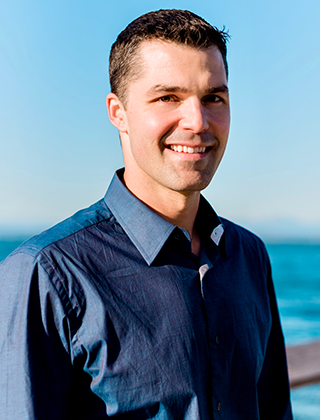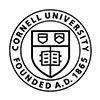Healthcare News
What Are Cartilage Injuries Of The Knee
Cartilage lesions of the knee are a type of pathology that mostly affects the elderly population (>65 years), as they represent the beginning of arthrosis. It can happen, however, that an athlete can also suffer a cartilage lesion at a young age following an injury.
Tennis Elbow: Symptoms, Causes, and Treatment
Tennis elbow (lateral epicondylitis) is swelling, inflammation, and subsequent tearing of the tendons in your forearm.These tissues, which attach muscle to bone, can become overtaxed with repetitive use, causing an aching or burning pain that gets worse when you grip or lift something.
A workout for cartilage implants
Whether arising from being felled on the soccer pitch or a seemingly harmless collision with a coffee table, a minor injury to the cartilage in your knee can have major consequences. In the worst case, the weak spot gives rise to severe arthritis and an artificial knee is the only hope. However, if the problem is caught early, further deterioration could be prevented by a patch repair.
Exercise can modify fat tissue in ways that improve health—even without weight loss
Exercise is one of the first strategies used to treat obesity-related health problems like type 2 diabetes and other cardiovascular disease, but scientists don't understand exactly how it works to improve metabolic health. To that end, University of Michigan researchers examined the effects of three months of exercise on people with obesity, and found that exercise can favorably modify abdominal subcutaneous adipose tissue, the fat tissue just beneath the skin, in ways that can improve metabolic health—even without weight loss.
Patellofemoral arthritis symptoms and treatment
Patellofemoral arthritis is a form of knee arthritis. It affects the joint where the kneecap meets the thighbone. People with patellofemoral arthritis may experience pain and stiffness in the knee, difficulty walking, and other symptoms that impact their quality of life.
Females more likely to develop adhesive capsulitis
Data showed that women develop adhesive capsulitis at a faster rate than men and that there are risk factors unique to women. Female athletes are also more likely to experience traumatic shoulder instability than male athletes.
What to know about myofascial pain syndrome
Myofascial pain syndrome is a chronic condition that affects the musculoskeletal system, including the bones, tendons, cartilage, ligaments, and connective tissue. Myofascial pain syndrome typically causes pain and tenderness in a specific area, such as the neck and one shoulder.
ACL Knee Repair Sometimes Leads to Better Outcomes Than Reconstruction
Researchers say people who have knee repair surgery tend to have better outcomes than those who undergo knee reconstruction surgery. Experts, however, say the choice between the two operations isn’t always a simple one and sometimes the more intensive reconstruction surgery is necessary.
Mayo Clinic Q and A: Help with sports injuries
Young athletes get plenty of bumps and bruises, but how can they avoid injuries? Any advice on how long they should sit out before getting back on the field or in the game?
Treatment Options for Cartilage Defects in the Knee
A cartilage defect is an area of damaged cartilage. The cause of a cartilage defect can be due to trauma, osteonecrosis, osteochondritis, and other conditions.


















